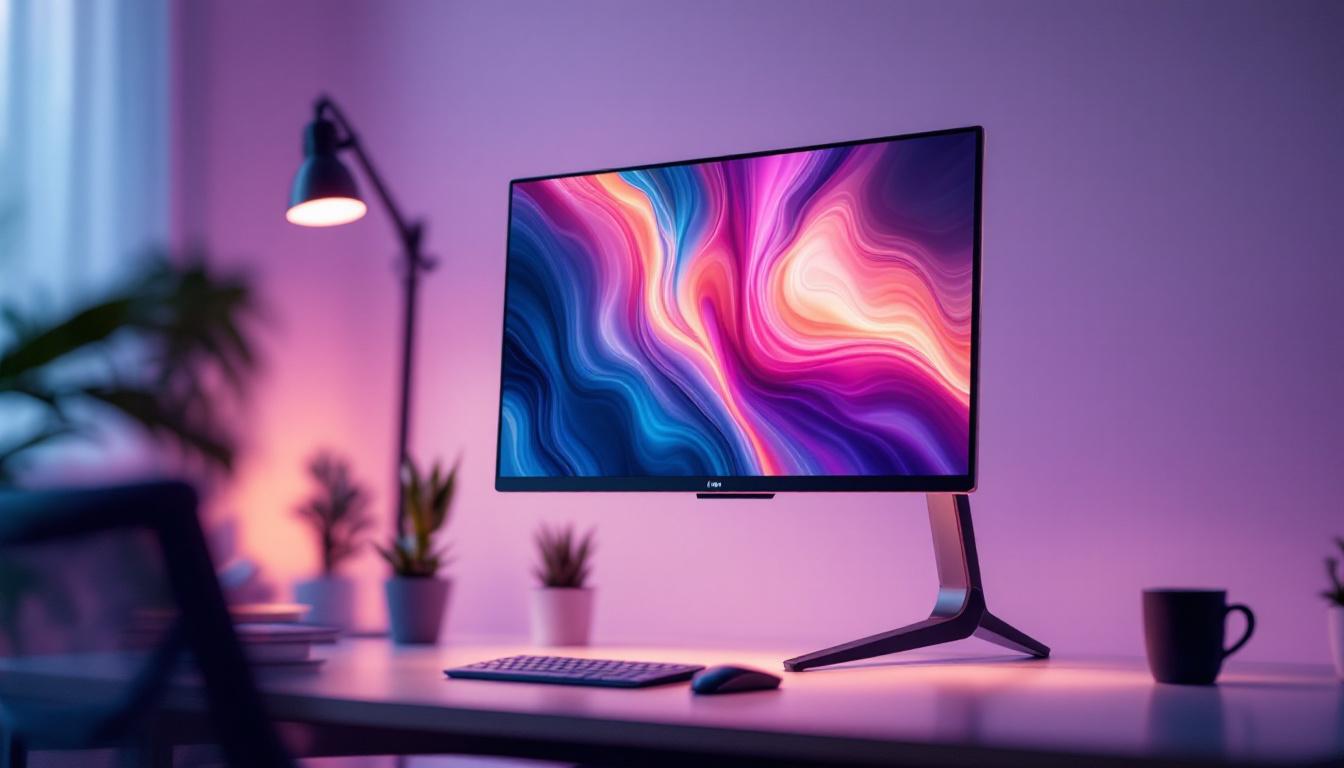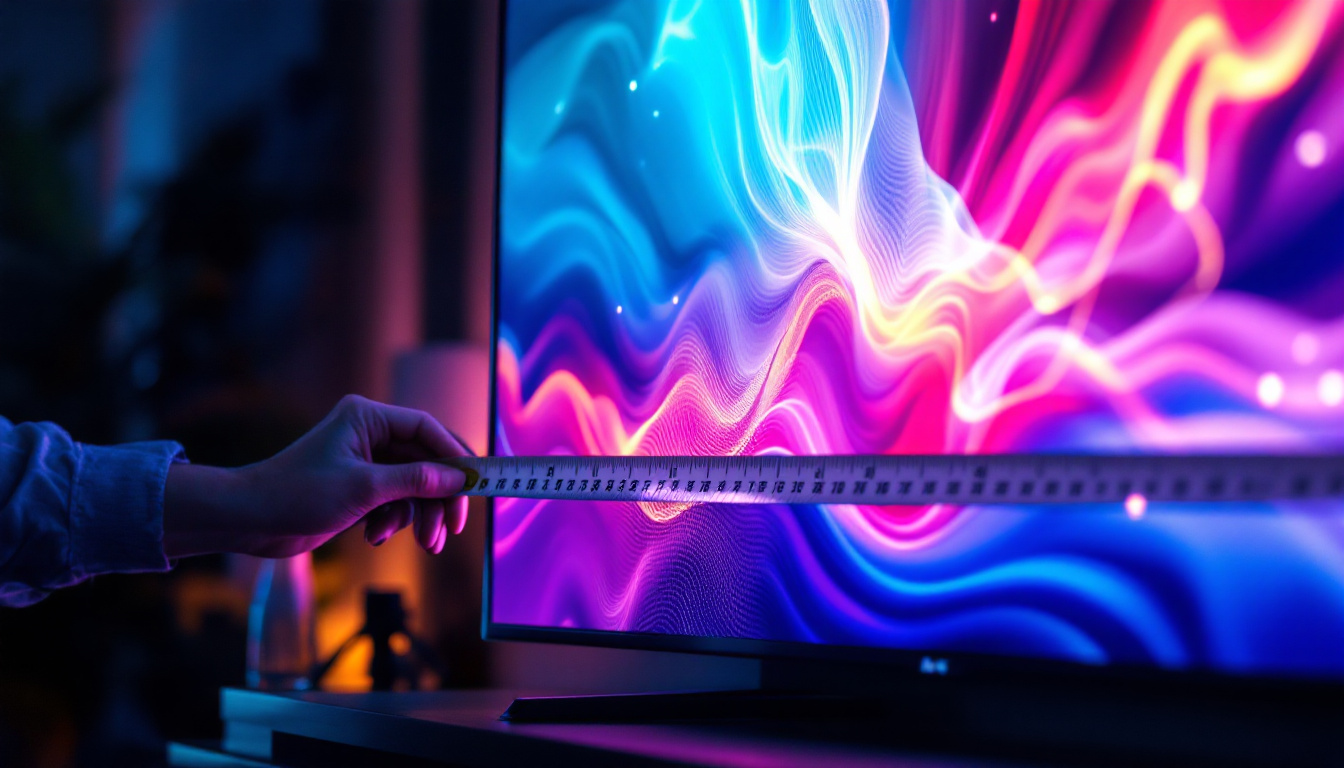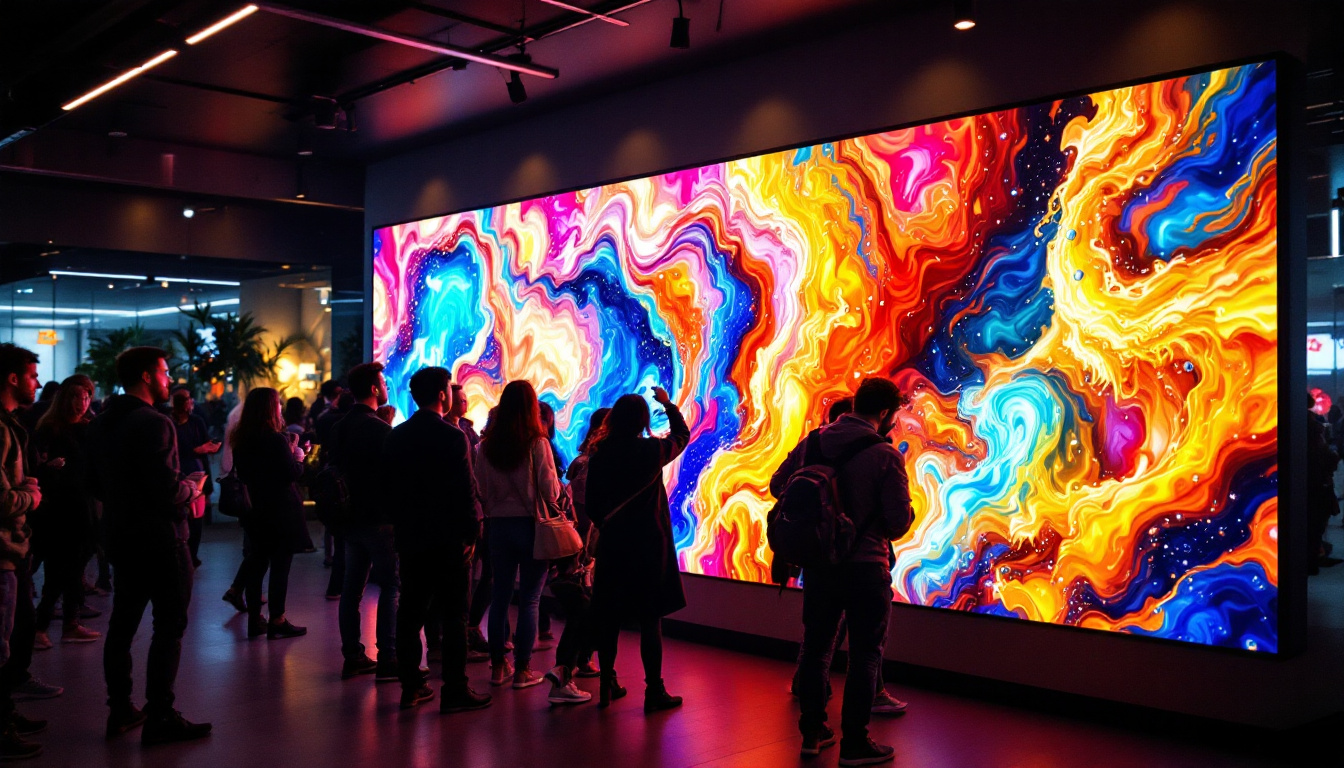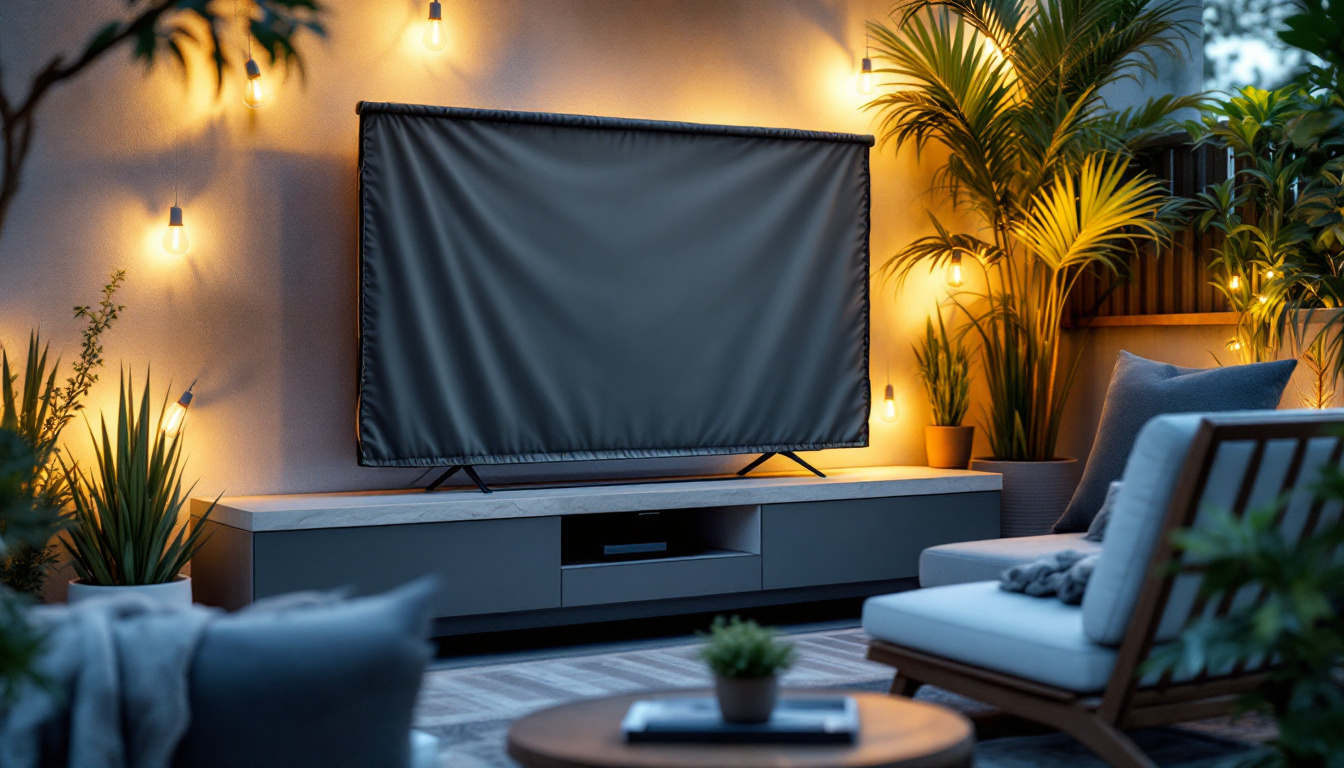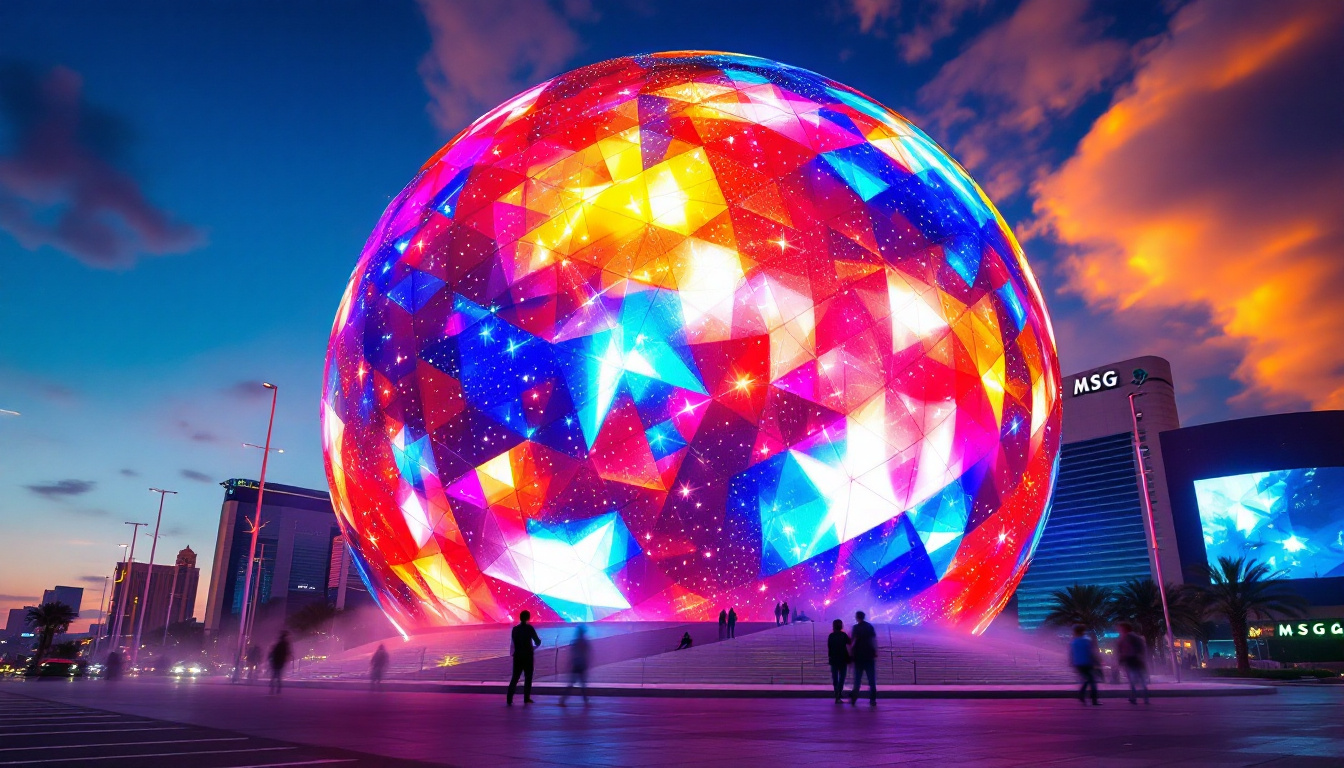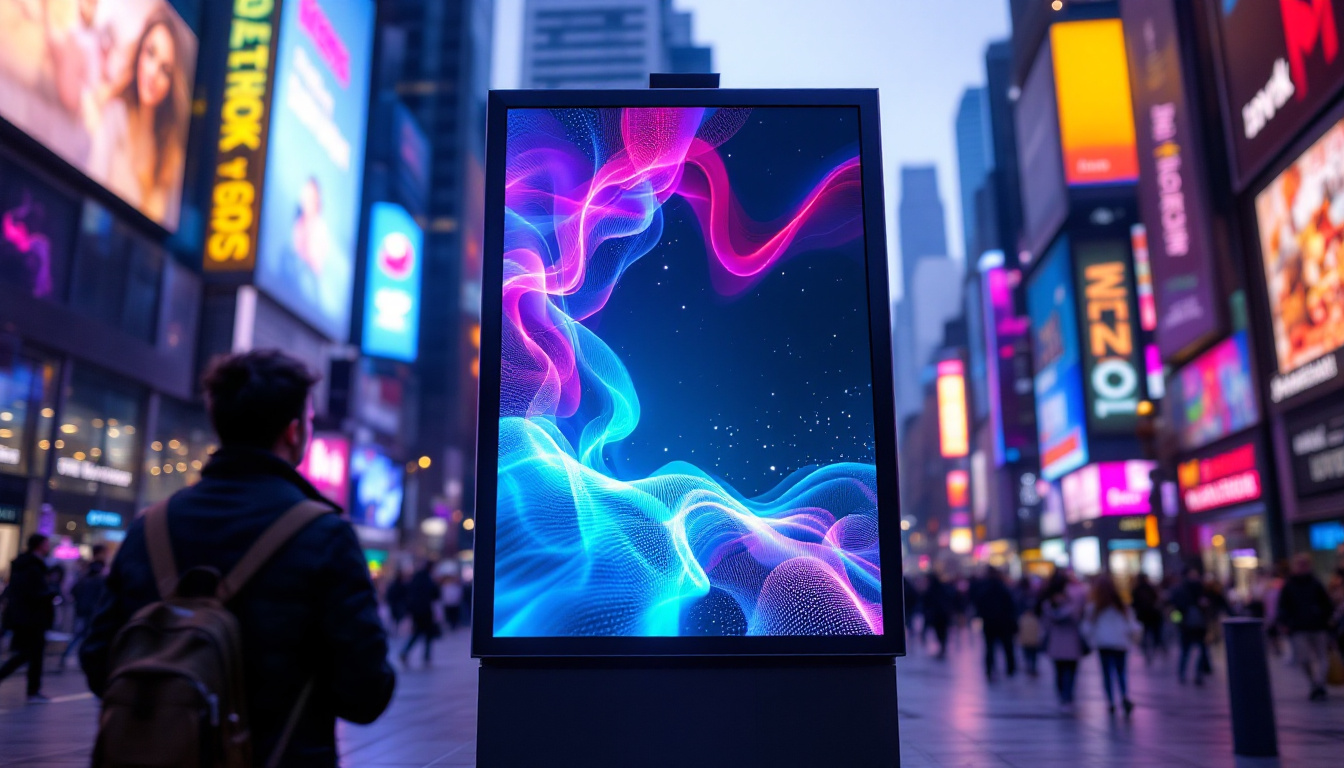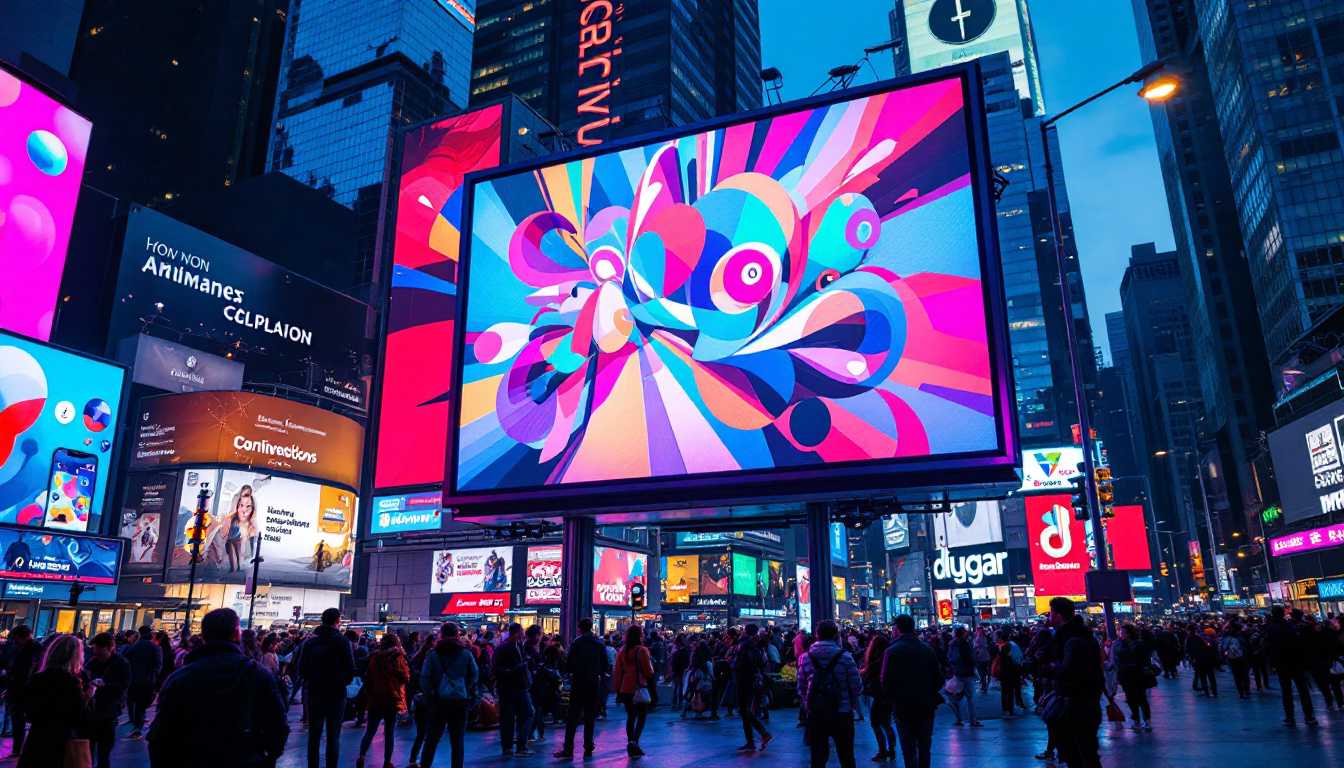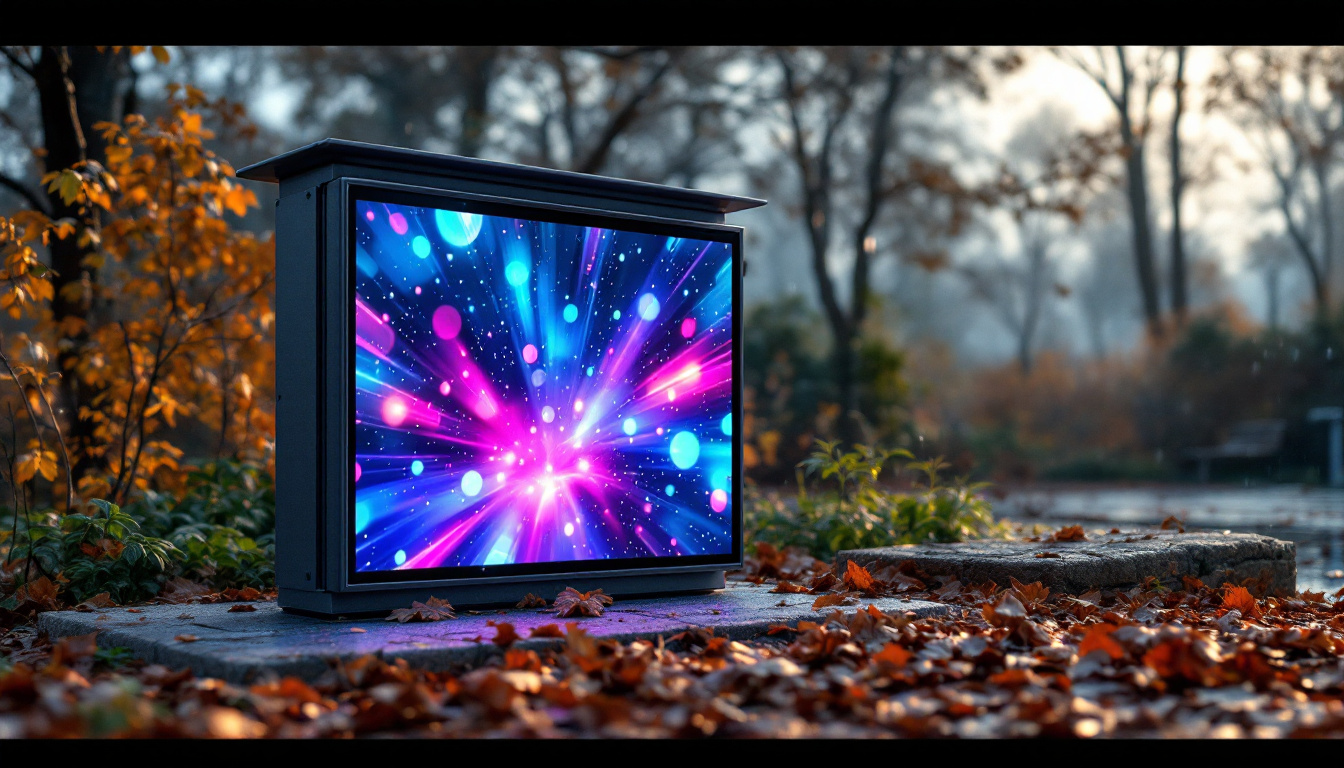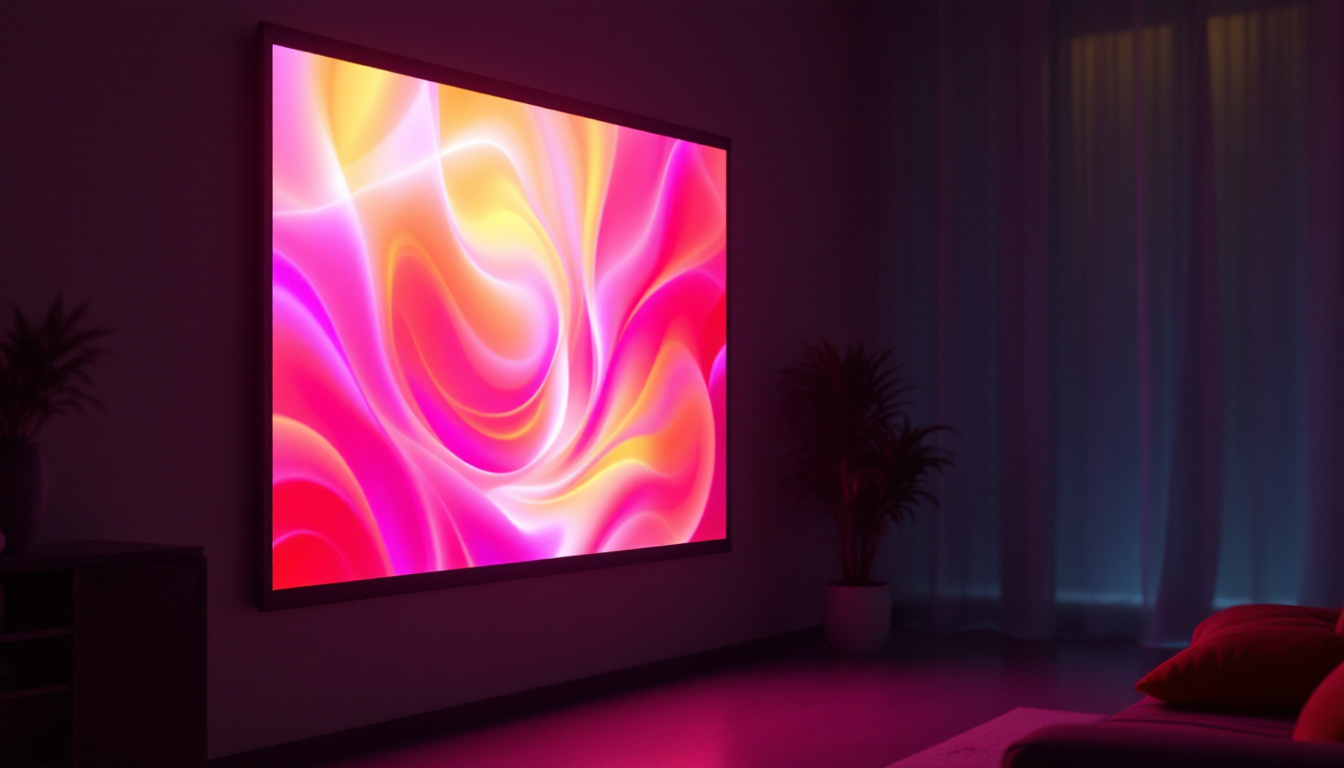The world of display technology has seen remarkable advancements over the past few decades, with LED displays taking center stage in various applications. Among these innovations, MicroLED technology has emerged as a groundbreaking solution, promising to revolutionize how we experience visual content. This article delves into the intricacies of MicroLED displays, exploring their construction, advantages, and potential applications.
Understanding MicroLED Technology
MicroLED technology represents a significant leap forward in display capabilities. Unlike traditional LED displays that utilize larger LED bulbs, MicroLED employs microscopic individual LEDs to create images. Each pixel in a MicroLED display is made up of tiny, self-emissive LEDs, which means they can emit light independently without the need for a backlight. This unique characteristic allows for enhanced brightness, contrast, and color accuracy.
The Anatomy of MicroLED Displays
At the core of MicroLED technology is its pixel structure. Each pixel consists of red, green, and blue sub-pixels, which combine to produce a full spectrum of colors. The microscopic size of these LEDs allows for a higher pixel density, resulting in sharper images and finer details. The modular nature of MicroLED displays also means that they can be easily scaled to create larger screens without sacrificing image quality.
Furthermore, the absence of a backlight in MicroLED displays contributes to their impressive energy efficiency. Since each pixel generates its own light, power consumption is significantly reduced, especially when displaying darker images. This characteristic makes MicroLED an environmentally friendly option compared to traditional display technologies. Additionally, MicroLED displays are less prone to degradation over time, ensuring that they maintain their performance and visual quality longer than many competing technologies.
Comparison with Other Display Technologies
MicroLED technology stands out when compared to other popular display technologies, such as OLED and LCD. While OLED displays are known for their deep blacks and vibrant colors, they can suffer from issues like burn-in and limited brightness. On the other hand, LCD displays, while more affordable, often struggle with color accuracy and viewing angles.
MicroLED combines the best of both worlds. It offers superior brightness levels, excellent color reproduction, and no risk of burn-in, making it an attractive option for various applications, from consumer electronics to large-scale digital signage. Moreover, the potential for MicroLED technology to be used in flexible and transparent displays opens up exciting possibilities for innovative designs in the future. As manufacturers continue to refine the technology, we may see MicroLED screens integrated into everything from wearable devices to architectural installations, further enhancing our interaction with digital content in everyday life.
Advantages of MicroLED Displays
The advantages of MicroLED technology extend beyond its impressive visual performance. Several key benefits make it a compelling choice for manufacturers and consumers alike.
Superior Image Quality
One of the most notable advantages of MicroLED displays is their exceptional image quality. The self-emissive nature of the technology allows for true blacks and vibrant colors, resulting in a more immersive viewing experience. Additionally, the high pixel density ensures that images remain sharp and detailed, even at close viewing distances.
Moreover, MicroLED displays offer wide viewing angles, meaning that colors and brightness remain consistent regardless of the viewer’s position. This characteristic is particularly advantageous for large screens used in public spaces, where multiple viewers may be watching from different angles. This consistency in image quality not only enhances the viewing experience but also makes MicroLED ideal for collaborative environments, such as conference rooms or classrooms, where information needs to be shared with a group of people simultaneously.
Longevity and Durability
MicroLED displays are also known for their longevity and durability. The inorganic materials used in MicroLED technology are less susceptible to degradation over time compared to organic materials found in OLED displays. This results in a longer lifespan, making MicroLED a cost-effective investment for both consumers and businesses.
Additionally, MicroLED displays are more resistant to environmental factors such as humidity and temperature fluctuations, further enhancing their durability. This resilience makes them suitable for a wide range of applications, from indoor installations to outdoor displays. For instance, their robustness allows for use in high-traffic areas, such as shopping malls or stadiums, where they can withstand the rigors of constant use and exposure to varying environmental conditions. Furthermore, the reduced risk of burn-in, a common issue with OLED technology, ensures that MicroLED displays maintain their performance and visual integrity over time, providing peace of mind for users who rely on consistent display quality.
Potential Applications of MicroLED Displays
The versatility of MicroLED technology opens the door to a myriad of applications across various industries. As the technology continues to evolve, its potential uses are expanding rapidly.
Consumer Electronics
In the realm of consumer electronics, MicroLED displays are poised to transform the television and smartphone markets. Major manufacturers are already exploring the integration of MicroLED technology into their flagship products, promising consumers a more vibrant and immersive viewing experience.
Smartphones equipped with MicroLED displays could offer improved battery life due to their energy-efficient nature, while televisions could deliver stunning picture quality that surpasses current OLED models. As production costs decrease, MicroLED technology may become the standard for high-end consumer devices.
Moreover, the compact size of MicroLEDs allows for thinner and lighter devices, which is particularly appealing in a market that increasingly values portability. This could lead to innovations in wearable technology, where MicroLED displays could be utilized in smartwatches and fitness trackers, providing users with high-resolution information without sacrificing battery life or comfort.
Commercial and Advertising Displays
MicroLED displays are also making waves in commercial settings, particularly in digital signage and advertising. Their ability to deliver high-quality visuals in various lighting conditions makes them ideal for outdoor advertising, where visibility is crucial.
Additionally, the modular design of MicroLED displays allows for customizable screen sizes and shapes, enabling businesses to create unique advertising solutions tailored to their specific needs. This flexibility can enhance brand visibility and engagement, driving customer interest and sales.
Furthermore, the durability of MicroLED technology means that these displays can withstand harsher environments, making them suitable for a variety of settings, from bustling retail spaces to large-scale events. The potential for interactive displays that respond to customer engagement could also revolutionize how brands connect with their audience, creating dynamic experiences that capture attention and foster loyalty.
Virtual and Augmented Reality
Another exciting application of MicroLED technology lies in the realm of virtual and augmented reality (VR and AR). The high pixel density and fast response times of MicroLED displays make them suitable for immersive experiences, where clarity and realism are paramount.
As VR and AR technologies continue to gain traction, MicroLED displays could play a pivotal role in enhancing user experiences, providing more lifelike visuals and reducing motion blur. This advancement could lead to broader adoption of VR and AR applications across various sectors, including gaming, education, and training.
In addition to gaming, the potential for MicroLED technology in medical training and simulations is particularly noteworthy. High-resolution displays can provide detailed anatomical visuals, enabling medical professionals to practice procedures in a virtual environment that closely mimics real-life scenarios. This could not only improve training outcomes but also enhance patient safety by ensuring that practitioners are well-prepared before entering the operating room.
The Future of MicroLED Technology
The future of MicroLED technology appears promising, with ongoing research and development aimed at overcoming current challenges. As production techniques improve and costs decrease, the widespread adoption of MicroLED displays is likely to become a reality. This innovative technology offers not only superior brightness and contrast but also the potential for thinner, lighter displays that can be seamlessly integrated into a variety of devices, from smartphones to large-scale television screens.
Challenges to Overcome
Despite its many advantages, MicroLED technology still faces several challenges. One of the primary hurdles is the complexity of manufacturing. The process of placing millions of tiny LEDs onto a substrate requires precision and advanced technology, which can drive up production costs. This complexity is compounded by the need for specialized equipment and techniques, such as laser transfer methods, which are still being refined to ensure high yield rates in production.
Additionally, while MicroLED displays boast superior performance, achieving uniformity in color and brightness across large screens can be challenging. Manufacturers are continually working to refine production techniques to address these issues, ensuring that MicroLED displays can meet the high standards expected by consumers. The calibration of color accuracy and brightness uniformity is critical, especially for applications in professional settings like broadcasting and design, where visual fidelity is paramount.
Market Outlook
As the market for MicroLED technology continues to grow, industry experts predict a surge in demand across various sectors. The increasing focus on high-quality visuals and energy efficiency is driving interest in MicroLED displays, particularly in consumer electronics and commercial applications. With the rise of augmented reality (AR) and virtual reality (VR) technologies, MicroLED’s ability to deliver high-resolution images with minimal latency makes it an attractive option for immersive experiences.
Furthermore, as more manufacturers invest in research and development, the potential for innovation within the MicroLED space is vast. This could lead to new applications and enhancements that further solidify MicroLED’s position as a leading display technology. For instance, advancements in flexible MicroLED displays could pave the way for foldable or rollable screens, transforming how consumers interact with their devices. Additionally, as sustainability becomes a key concern for consumers, MicroLED’s lower energy consumption compared to traditional display technologies could further enhance its appeal in an increasingly eco-conscious market.
Conclusion
MicroLED technology represents a significant advancement in the world of displays, offering unparalleled image quality, durability, and versatility. As it continues to evolve, MicroLED is set to transform various industries, from consumer electronics to advertising and beyond.
While challenges remain in terms of manufacturing and cost, the future of MicroLED displays looks bright. As production techniques improve and market demand increases, this innovative technology is poised to become a staple in our daily lives, enhancing how we experience visual content.
In summary, MicroLED displays are not just a passing trend; they are the future of display technology, promising to deliver stunning visuals and a more immersive experience for users across the globe.
Discover the Future of Displays with LumenMatrix
Ready to experience the future of display technology firsthand? LumenMatrix is at the forefront of the LED revolution, offering a wide array of innovative LED display solutions that bring your visual communications to life. From Indoor and Outdoor LED Wall Displays to specialized options like Vehicle, Sports, and Floor LED Displays, our products are designed to captivate and engage. Embrace the cutting-edge with Custom, All-in-One, and LED Transparent Displays that set new standards in clarity and impact. Don’t miss out on the opportunity to elevate your brand’s visibility and create mesmerizing visual experiences. Check out LumenMatrix LED Display Solutions today and join the visual revolution.


